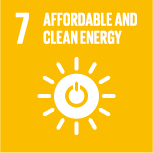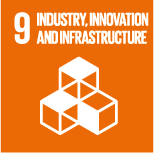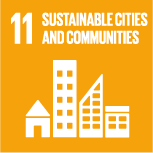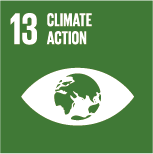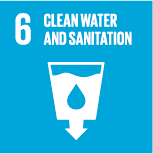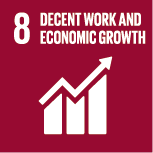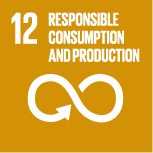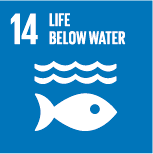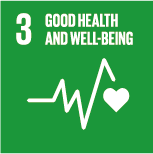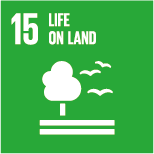The Mitsui Chemicals Group, whose Corporate Mission is “harmony with the global environment,” lists “a circular society in harmony with the environment” as one of its ideal future society and aims to realize this through its business activities. In our VISION 2030, we have established a basic strategy to bolster circular economy initiatives to transform our business structure through efforts such as building circular economy-based business models and rolling out circular economy-compatible products by transitioning to alternative raw materials and fuels. We seek to contribute to the realization of a low-carbon, circular society that coexists with nature by addressing challenges like climate change and the circular economy, alongside business growth.
As a tool to track progress, we have defined the environmental contributions of our products and services as Blue Value™, certifying those that meet our defined criteria through our assessment and review processes. By maximizing our contributions throughout the entire product life cycle through expanding and providing Blue Value™ products and services, we hope to achieve corporate growth for the Group and realize our ideal future society.


